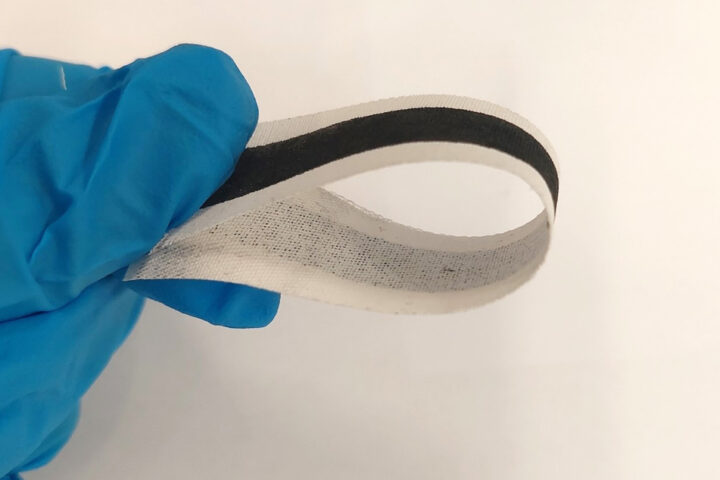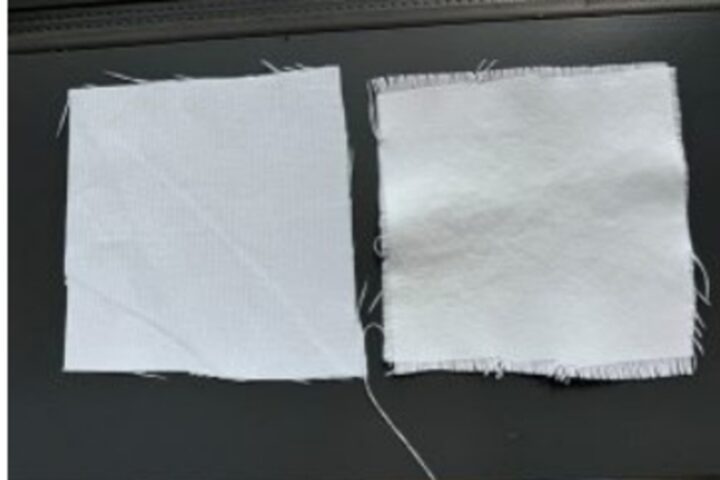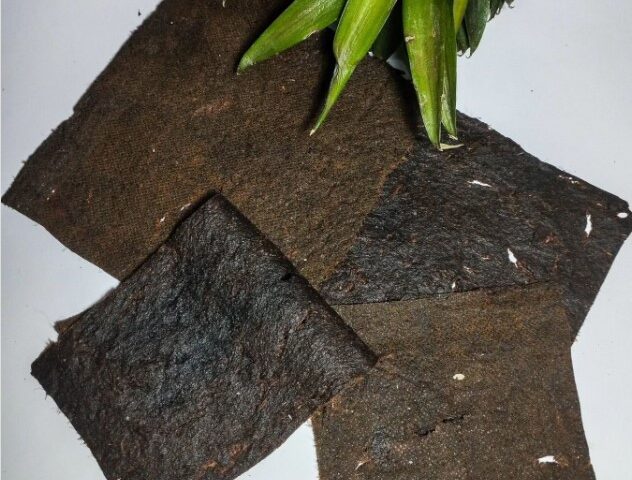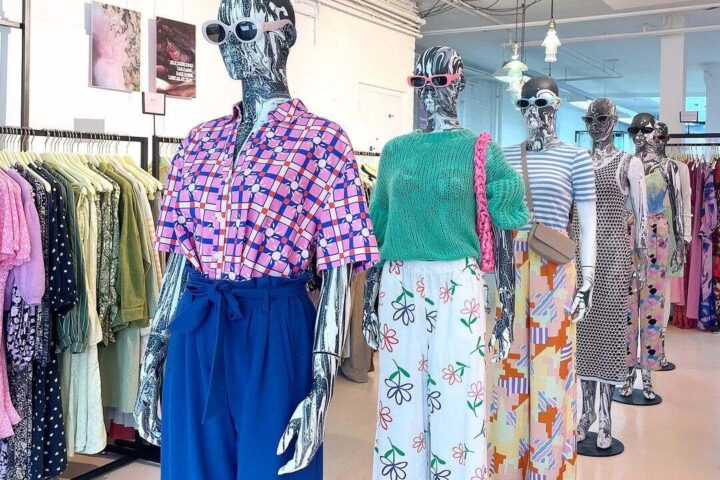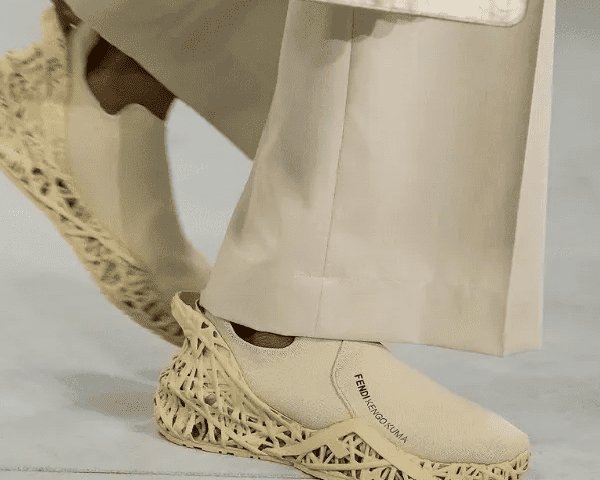An estimated 14 million tonnes of microplastics currently blanket the ocean floor, with the fashion and textile industry standing as one of the primary contributors to this environmental crisis. This alarming accumulation of plastic waste represents one of the most significant challenges facing our marine ecosystems.
Researchers at Heriot-Watt University’s School of Textiles and Design in the Scottish Borders have developed what they call the world’s first visual ‘fibre fragmentation scale’ to address this pressing issue.
The New Grading System
The five-point scale, developed over four years, measures fiber shedding from clothing materials. Grade one indicates the highest volume of shed fibers, while grade five represents the least. The system uses a ‘rotawash’ machine with eight separate canisters to test fabric samples under controlled conditions that simulate washing machine cycles.
“The microplastics problem is massive. Fashion and textiles is one of the biggest sources of secondary microplastics in the environment with fragments of plastic fibres, like polyester and nylon, being shed from clothing,” states Dr Lisa Macintyre, associate professor of textiles at the University’s School of Textiles and Design in the Galashiels campus.
The testing process involves:
- Placing textile samples in water-filled canisters.
- Churning to replicate washing machine cycles.
- Filtering wastewater.
- Visual grading of shed fibers against the scale.
A diverse group of forty-six participants, comprising fashion industry professionals, university students, and members of the public, dedicated their time to the project, evaluating roughly 100 samples across a two-year period.
The new method is faster and more cost-effective when processing a large volume of materials than compared with alternative techniques used by the International Organisation for Standardisation (ISO). “Our methodology is simple and cost effective. The filters used to collect fibre fragments from laundry wastewater can be graded against our five-point scale, which surprisingly is more accurate at assessing very low levels of fragmentation than the equivalent method of weighing fibres,” explains Sophia Murden, who is in her final year studying for a PhD in fibre fragmentation testing at Heriot-Watt University.
Through daily wear and tear and washing, clothing can release numerous microscopic fibers into the environment. These fibers are typically very thin, ranging in size from a fraction of a millimeter to several centimeters in length. Despite their small size, they can inflict substantial harm on ecosystems, animals, and human health, potentially leading to cellular damage and inflammation.
More Stories
Dr Macintyre confirms they have already been in contact with Helly Hansen and Lochcarron of Scotland, who are very supportive of the project. However, the industry currently lacks an ‘acceptable fragmentation’ rate for clothing.
“We’ve already been in contact with the likes of Helly Hansen and Lochcarron of Scotland who are very supportive of what we are doing. The next stage for us is to try and get some kind of industry agreement. Currently, we don’t have an ‘acceptable fragmentation’ rate for clothing but that’s not unusual. The environment is an important issue, and we’d want to get key industry leaders and policymakers to sit down and start agreeing standards, perhaps even legislating against high shedding materials,” says Dr Macintyre.
The research findings appear in “Low-cost, high-throughput quantification of microplastics released from textile wash tests: Introducing the fibre fragmentation scale,” published in Cambridge Prisms: Plastics on November 19.
The James Watt Scholarship, which aims to advance research for society’s benefit, funded this project at Heriot-Watt University.





